Unearthing the curious world of bugs, one can’t help but marvel at their intriguing existence. One significant part of their life story stands out – the bug life cycle. Peculiarly enough, we have an unsuspected guest here – the bed bug. Regrettably, often found in hotels and at times, even in the comfort of our homes. Despite their unpopularity, their life cycle is a fascinating tale indeed.
Meet the Little House Guest – The Bed Bug
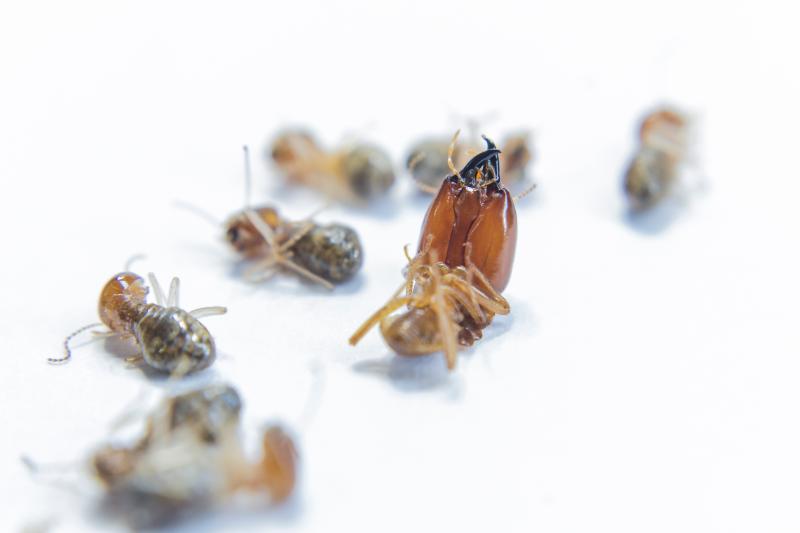
Small, wingless, yet stealthy, bed bugs are nocturnal creatures that have perfected the art of survival. Vibrant as nymphs with a whitish hue, they bloom into a reddish brown as they mature, reminiscent of an apple seed. Their post-dinner appearance is rather telling – a darker, plumper version of themselves.
When observing the bug life cycle, the bed bug’s anatomy is indispensable. Befitting their insect stature, these creatures sport six legs, a clearly defined head and thorax, and a somewhat roundish abdomen. A notable feature is the pair of stylets, one to salivate the ‘dinner spot’, stopping the blood from clotting, and the other to savor their feast.
The Journey From Nymph to Adult in the Bug Life Cycle
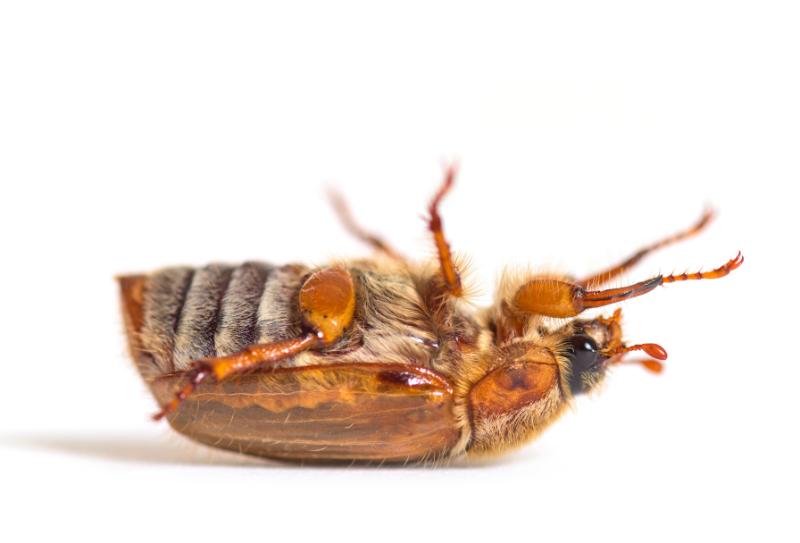
Let’s Begin with Reproduction
The unassuming beginning of the bug life cycle is as a tiny egg, no larger than a speck of salt. Tucked away safely in groups of five to twelve, these eggs stay hidden in the cracks and crevices. After a fortnight, they’re replaced by tiny, eager nymphs quite ready to embark on their life journey.
The Nymph Stage and Molting
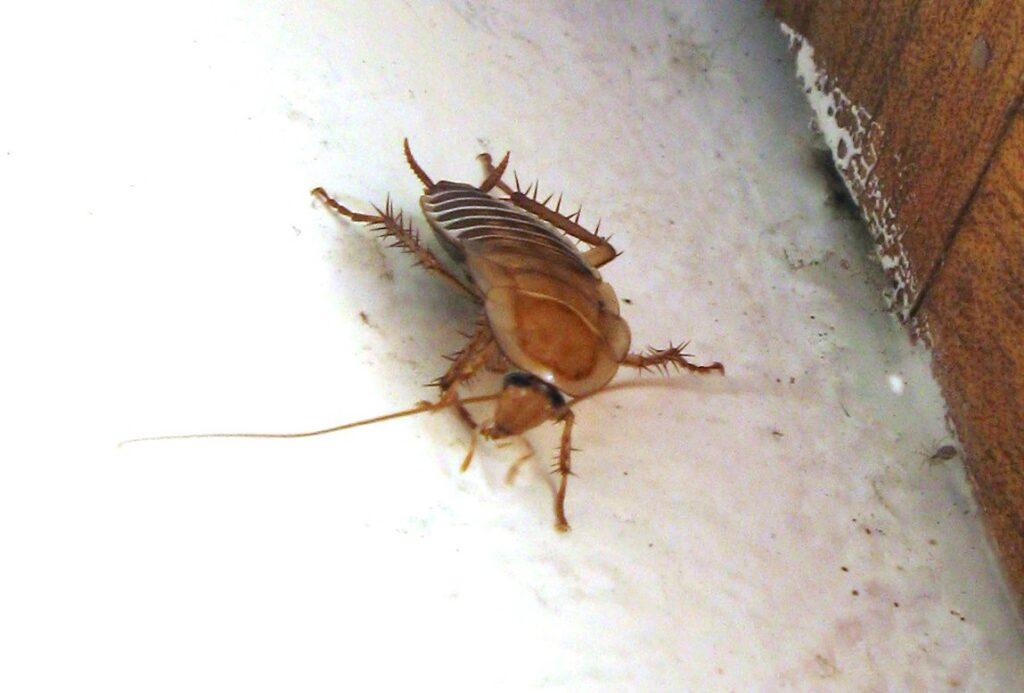
This juvenile stage, lasting between five to seven weeks, entails critical growth and strengthening. During this phase, bed bugs erode their smaller skin cases and step into larger ones – five times! This transformation, known as molting, needs the nymphs to feast on warm-blooded hosts. Interestingly, the environment also plays a significant part in their growth. Colder temperatures stall their growth while a warm embrace accelerates it.
Adult Bed Bugs on the Prowl
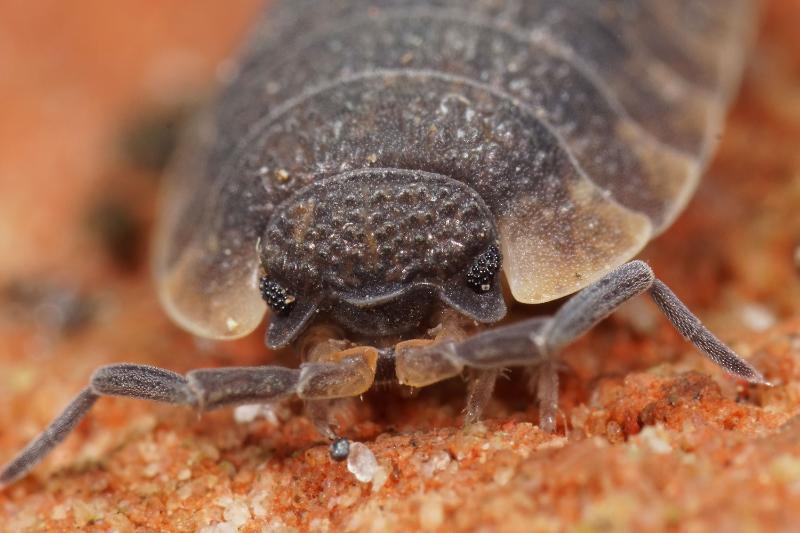
As full-grown adults, they begin their weekly hunt an hour before sunrise, making the most of the their prey’s slumber. Cloaked in darkness, they trace their meals using heat sensors and the presence of carbon dioxide. Their haste to feed is halted only by the risk of exposure in daylight. However, when hunger strikes, they set aside their preference for shadows and step out in broad daylight.
Following the feast, they retreat to their hidden corners until hunger strikes again, which could be months later!
Reproduction in the Bug Life Cycle – Keeping the Lineage Alive
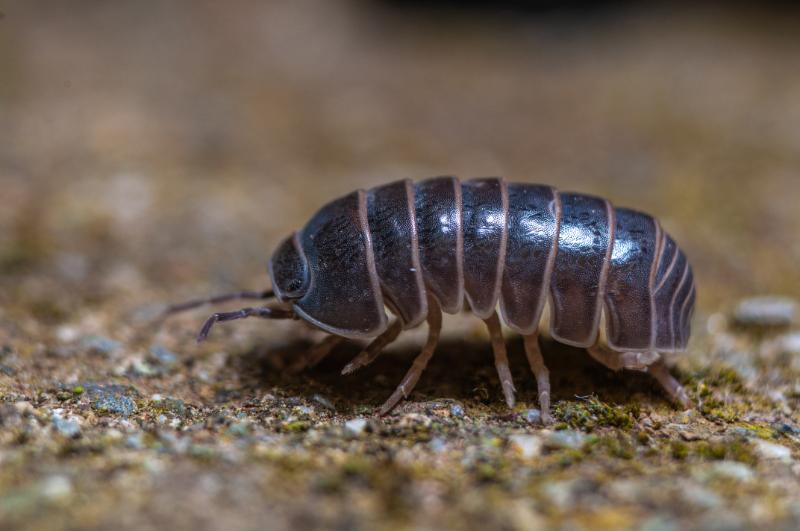
Females, once matured, are known to produce a staggering count of up to 500 eggs in their lifetime, commonly laying eggs daily. The bug life cycle spans typically between four to six months, allowing for a perpetual population for years. It highlights the significance of immediate detection and professional extermination to disrupt the bug life cycle.
Early Signs of an Unwanted Presence
- Itching caused by an anti-coagulant present in their saliva, used during feeding.
- The discovery of these elusive creatures or their exoskeletons.
- Irritatingly persistent rash, mistaken often for bites or allergies.
This detailed exploration of the bug life cycle hoped to shed light on the fascinating, albeit slightly unnerving life of bed bugs. They may not be our preferred roommates, but their life cycle is as captivating as any bestseller. There isn’t a moment of dullness in the buzzing world of bugs!
Related Resources: